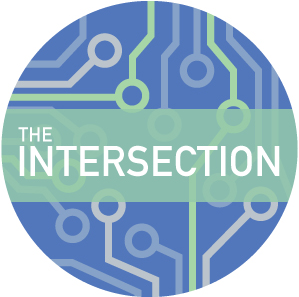 It’s that time of year again when the Office of Personnel Management releases a snapshot of its annual Federal Employee Viewpoint Survey, a whole of government look at employees’ sentiments about their jobs, supervisors and senior leaders.
It’s that time of year again when the Office of Personnel Management releases a snapshot of its annual Federal Employee Viewpoint Survey, a whole of government look at employees’ sentiments about their jobs, supervisors and senior leaders.
One of the bright spots in this year’s survey is that employee engagement governmentwide is steadily rising. The increase, while small, is trending in a positive direction and is one indication of a happier workforce. According to the voluntary survey of 407,789 employees across 80 agencies, 65 percent said they are engaged at their workplace, compared with 64 percent last year and 63 percent in 2014.
For those who have been following FEVS scores for any length of time, there are certain things you’ve probably come to expect. NASA has and continues to be a top performer, particularly when it comes to employee engagement. OPM defines this as an employee’s sense of purpose, which many in government can attest is directly tied to an agency’s mission success. (You can view the list of FEVS agency-level scores here and see how your department stacks up. But you’ll have to wait until early October to see more detailed FEVS results.)
The Department of Homeland Security, the agency that plays a critical role in national security and leads many of the government’s cybersecurity efforts, once again ranked last for employee engagement. But there is good news in this seemingly dreary story.
After six straight years of declining employee engagement scores at DHS, that number increased three percentage points from 53 percent of the workforce saying they felt engaged in 2015 to 56 percent this year.
“This is not an anomaly,” DHS Secretary Jeh Johnson told reporters. “This increased level of employee engagement and morale was the result of very hard work.”
He attributed the improvements to several key factors:
- A strong and active employee engagement steering committee chaired by the department’s undersecretary for management.
- Employee engagements. This year the secretary and his deputy personally participated in 45 employee engagement sessions in 22 cities across the country to discuss their priorities and hear employee concerns.
- DHS brought back the secretary awards programs to acknowledge employees’ efforts and hard work.
- Improved communication at the department level, which made employees across components feel more connected.
- DHS created a new departmentwide employee orientation and welcome video
- Increased transparency in hiring and promotion opportunities across the department.
“We canvassed employees across the country, and one of the concerns was that vacancies and opportunities for promotion were not well known and published, and the criteria used to assess individuals’ qualifications and to make selections were not clear,” said DHS Deputy Secretary Alejandro Mayorkas.
In response, DHS worked to ensure that opportunities for growth and vacancies are formally announced and that criteria for selection is clearly established and published. The process for considering candidates, in terms of time periods for the selection process and when candidates can expect to hear feedback, are now well known, Mayorkas said. This helps to manage expectations. If the applicant pool isn’t too large, DHS provides constructive feedback to employees about why they weren’t selected.
Governmentwide, agencies fell short of the 67 percent engagement goal set by the Office of Management and Budget, but during a call with reporters Acting OPM Director Beth Cobert said she was pleased with the progress. “If we don’t set stretch goals, then we don’t achieve as much,” said Cobert, who had a hand in setting that goal during her pervious role as Deputy Director for Management at OMB.
She credited the increase in engagement to a strong focus on improvement, which led to better internal communications through agency town hall meetings, increased training and more explicit recognition for top performers.
The New IQ index, which measures employees’ feelings of inclusiveness at their agencies, increased from 57 percent to 58 percent. That score measures the degree to which employees feel their work environments are fair, open, cooperative, supportive, and empowering.
It’s important to take into account that scores have improved even in the current environment of stagnant federal salaries and multiple continuing resolutions, Cobert noted.
“What shows up in the Federal Employee Viewpoint Survey this year, as it has in the past, is how dedicated federal employees are to delivering on each of their individual missions,” she said. “That’s what motivates them, and so when they have clarity and certainty they can plan. They can think about how best to deploy resources. That level of certainty makes it easier to do a good job, and what federal employees care about is doing a job that makes a difference.”





Leave a Reply
You must be logged in to post a comment.